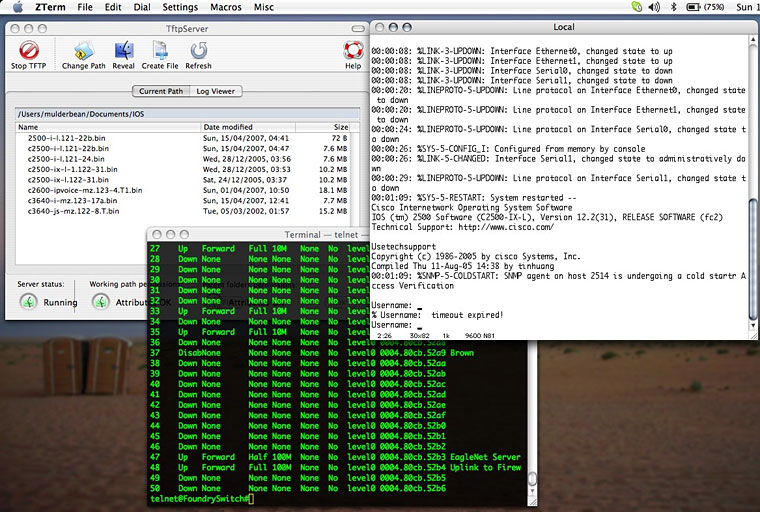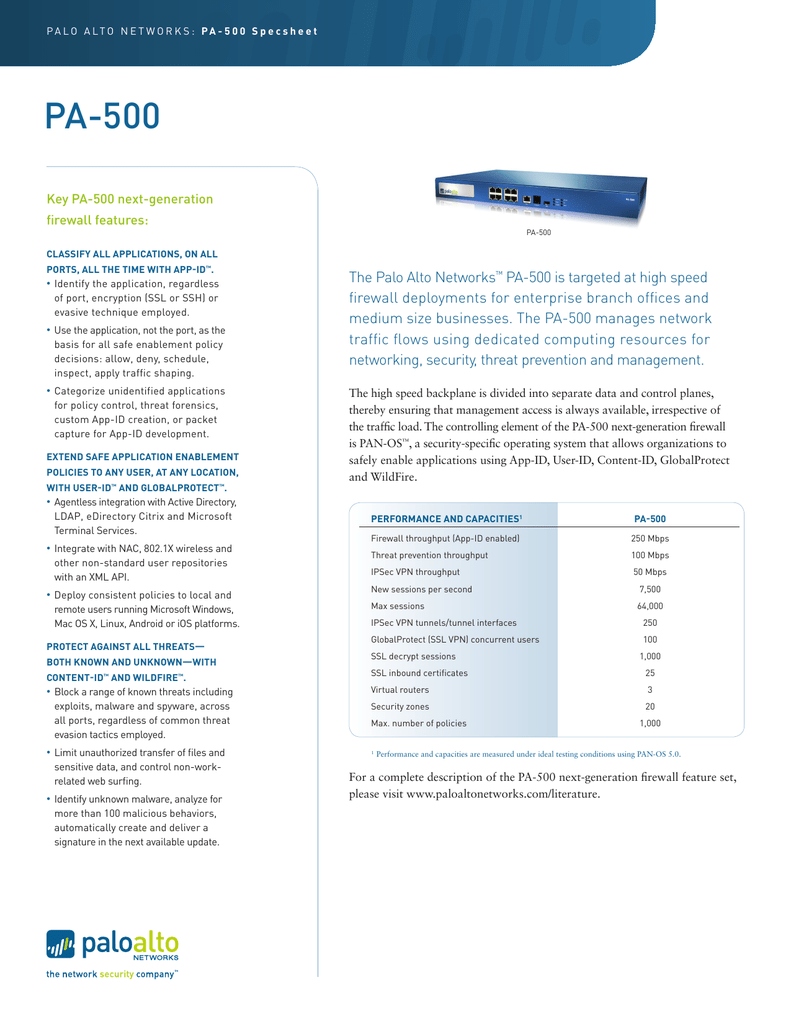

- ACTIVE DIRECTORY PORTS FOR MAC HOW TO
- ACTIVE DIRECTORY PORTS FOR MAC FOR MAC OS
- ACTIVE DIRECTORY PORTS FOR MAC MAC OS X
- ACTIVE DIRECTORY PORTS FOR MAC PASSWORD
When you see a “Connected to” message from the service, type quit and press Return to end the connection. Confirming Access to Service PortsĪfter performing SRV requests to find the hosts and ports that offer the required services, you can use telnet to open a connection to a specific port, to verify that you can make a basic connection to each service port.
ACTIVE DIRECTORY PORTS FOR MAC PASSWORD

However, the port number is different for each service, as shown here: This example forest is very simple, and the same host offers all the services (). The key thing to notice is the port number and host offering the service. The host option -t SRV specifies a search of type SRV, and the queries are for various services that are available via the protocol tcp (as opposed to udp) in the domain. _kpasswd._ has SRV record 0 100 464 .Ĭlient17:~ cadmin$ host -t SRV _gc._ _kerberos._ has SRV record 0 100 88 .Ĭlient17:~ cadmin$ host -t SRV _kpasswd._ _ldap._ has SRV record 0 100 389 .Ĭlient17:~ cadmin$ host -t SRV _kerberos._ Examples of the searches and replies for a few of the SRV records necessary to bind to Active Directory are shown below: client17:~ cadmin$ host -t SRV _ldap._ domain, and the requests are usually in lowercase text. The Active Directory plug-in requires several DNS service records (SRV) in order to determine which hosts provide certain services on certain protocols.
ACTIVE DIRECTORY PORTS FOR MAC MAC OS X
If your Active Directory DNS is incorrectly configured, you may experience problems binding Mac OS X to Active Directory. The binding process is sensitive to DNS records, so make sure that you specify the Active Directory DNS service in the Network preference of System Preferences, and that port 53 (UDP and TCP, used for DNS requests and replies) to the DNS service is not blocked. The binding process writes files to /var/db/dslocal/nodes/Default/config/, which only the root user can view. Step 4 of 6: Searching for existing computer Step 2 of 6: Finding nearest Domain controllers If the bind fails, check /var/log/system.log, which contains the progress for each step of the binding process listed here: Step 1 of 6: Searching for Forest/Domain information If you later remove the computer object, all of the Mac OS X computers will be unable to log in with Active Directory user accounts, and you will need to force an unbind, then rebind each computer to Active Directory. All computers imaged from that master image will use the same computer object in Active Directory, which may cause problems.


ACTIVE DIRECTORY PORTS FOR MAC FOR MAC OS
If you use a standard image for Mac OS X, do not bind the image model to Active Directory before making the master image that you will use to image multiple computers. Groups AD\domain users Binding After Imaging For example: client17:~ cadmin$ dsconfigad -showĬadmin's Password: Ĭreate mobile account at login = DisabledĬlient17:~ cadmin$ dscl /Active\ Directory/All\ Domains \ -list /Users You can also use the dscl or id commands to confirm that Mac OS X is bound to Active Directory. You can confirm that you are bound to Active Directory with the dsconfigad -show command and option, which also shows the status of many Active Directory plug-in options. Using Command-Line Tools to Confirm Binding
ACTIVE DIRECTORY PORTS FOR MAC HOW TO
This section introduces potential problem areas and provides instructions on how to resolve them. Some conditions, however, will prevent binding. Learn More Buy Troubleshooting Binding Issuesįor the most part, binding to Active Directory should just work. Apple Training Series: Mac OS X Directory Services v10.5


 0 kommentar(er)
0 kommentar(er)
